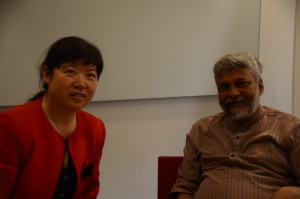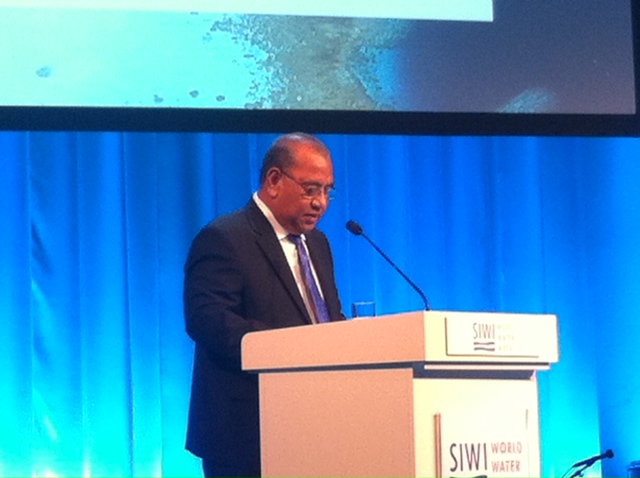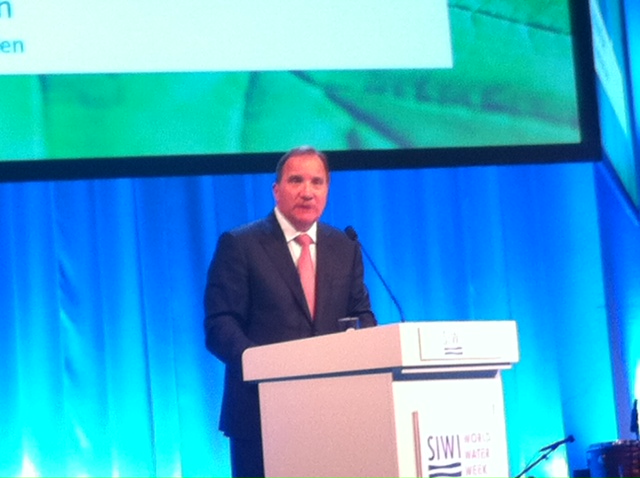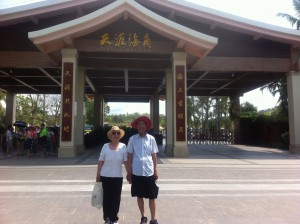BEIJING, Sept. 8 (Xinhua) — China’s output of new energy vehicles soared nearly 400 percent year on year in August to 24,500 units, the Ministry of Industry and Information Technology (MIIT) said on Tuesday in a statement on its website.
The new energy vehicle output includes 9,175 pure electric passenger cars and 6,778 hybrid passenger cars, both up around 300 percent year on year. Production of pure electric and hybrid commercial vehicles stood at 6,446 and 2,142 units respectively in August, up 2,100 and 148 percent year on year.
China produced a total of 123,500 new energy vehicles from January to August, up 300 percent over the same period of last year, including 52,100 pure electric passenger cars, 32,800 hybrid passenger cars, 28,300 pure electric commercial vehicles and 10,200 hybrid commercial vehicles. Enditem
China scraps dividend tax for long-term investors
BEIJING, Sept. 7 (Xinhua) — Chinese investors holding a stock for more than one year will be exempted from a 5-percent dividend tax from Tuesday, authorities said.
Those who have held a stock for one month or less will have to pay 20 percent of the dividend they receive as income tax when they sell the stock, the Ministry of Finance said Monday in a statement jointly released with the country’s taxation authority and the securities regulator.
People who have held a stock for over one month to one year will have to pay a 10 percent dividend tax when they sell the stock, the statement said.
This move is part of the government’s efforts to promote long-term investment following a stock market rout since mid-June.
The Shanghai Composite has plunged more than 40 percent from a peak seen on June 12. Enditem
China seeks to combine PV and agriculture as new industrial model
BEIJING, Sept. 6 (Xinhua) — China sought to create a new model for the combination of PV power generation and modern agriculture.
With the treat of anti-dumping auction from the United States and Europe potentially restricting PV enterprises’ sales channels, creating additional demand locally is now essential for PV firms.
Shi Dinghuan, President of Association of Renewable Energy of China, said that developing agricultural PV market has important implications for the country’s agricultural transformation in the long term, while, in the short term, PV agriculture would be the valid measure for PV industry to solve the industrial dilemma. Enditem
IN-DEPTH
News Analysis: Fiscal stimulus to assume bigger growth-supportive role
BEIJING, Sept. 9 (Xinhua) — Although growth uncertainties abound home and abroad, China has plenty of policy options — especially on the fiscal front — to put the economy on track to deliver the around 7 percent annual target.
In its latest effort, the Ministry of Finance on Tuesday put forward multiple fiscal policies aimed at stabilizing growth, such as coordinating funds to accelerate project construction, activating idle money and widening tax breaks.
Other measures include guidance funds for small and emerging businesses, and promoting public-private-partnerships (PPP).
China is battling a property downturn, industrial overcapacity, sluggish demand and struggling exports, which dragged growth down to 7 percent for the first half (H1) of the year.
On top of that, fresh pressures from capital market volatility, currency devaluation in emerging markets, and slumping global commodity prices are further muddying growth prospects.
To achieve the full year growth target, the ministry said it will closely monitor the changing dynamics in the economy and respond with more effective and targeted fiscal policies to support growth, an area where analysts say hold vast potential to shore up growth.
Fiscal surplus for the January-July period was 383 billion (60.22 billion U.S. dollars), leaving plenty room for expansionary policies to increase the budget deficit to 2.3 percent of GDP for 2015, up from last year’s target of 2.1 percent.
Within annual budget, China could record a fiscal deficit of 2.1 trillion yuan for the August-December period, 200 billion yuan more than the same period last year, according to a recent report by China International Capital Corp. (CICC).
In addition, the government’s ongoing drive to activate unspent fiscal funds will make the expansionary fiscal policy more sustainable.
According to the finance ministry, some 13.1 billion yuan of idle fiscal funds have been retrieved and will be redistributed to growth-stabilizing sectors, and 243.8 billion yuan recovered to local budgets.
The more efficient use of idle fiscal funds is equivalent to increasing the government’s disposable funds beyond the budget without raising the government sector’s debt ratio, noted a CICC report.
Meanwhile, to dissolve debt risks of local governments, China has allowed them to replace existing debts with new bonds. The top legislature has approved the expansion of a debt swap program for local governments worth 3.2 trillion yuan in 2015.
On the back of such fiscal support, China has stepped up spending on key infrastructure such as railways in the western regions, renovation of substandard housing and underground utilities, which have all helped boost economic activity already.
“We think infrastructure-investment growth will likely be revived from July’s 16 percent year on year to 20 percent in the coming months, which in turn will provide, at the very least, a counterbalance against China’s ongoing property and heavy industry downturn,” noted a UBS report.
In an assuring message to the market, China’s top economic planner on Monday said the world’s second largest economy is stabilizing and turning for the better, citing stabilizing power use, rail freight and a warming property market as proof for the improvement.
“The economic operation is expected to maintain steady expansion to realize the full-year growth target,” the National Development and Reform Commission said. Enditem












